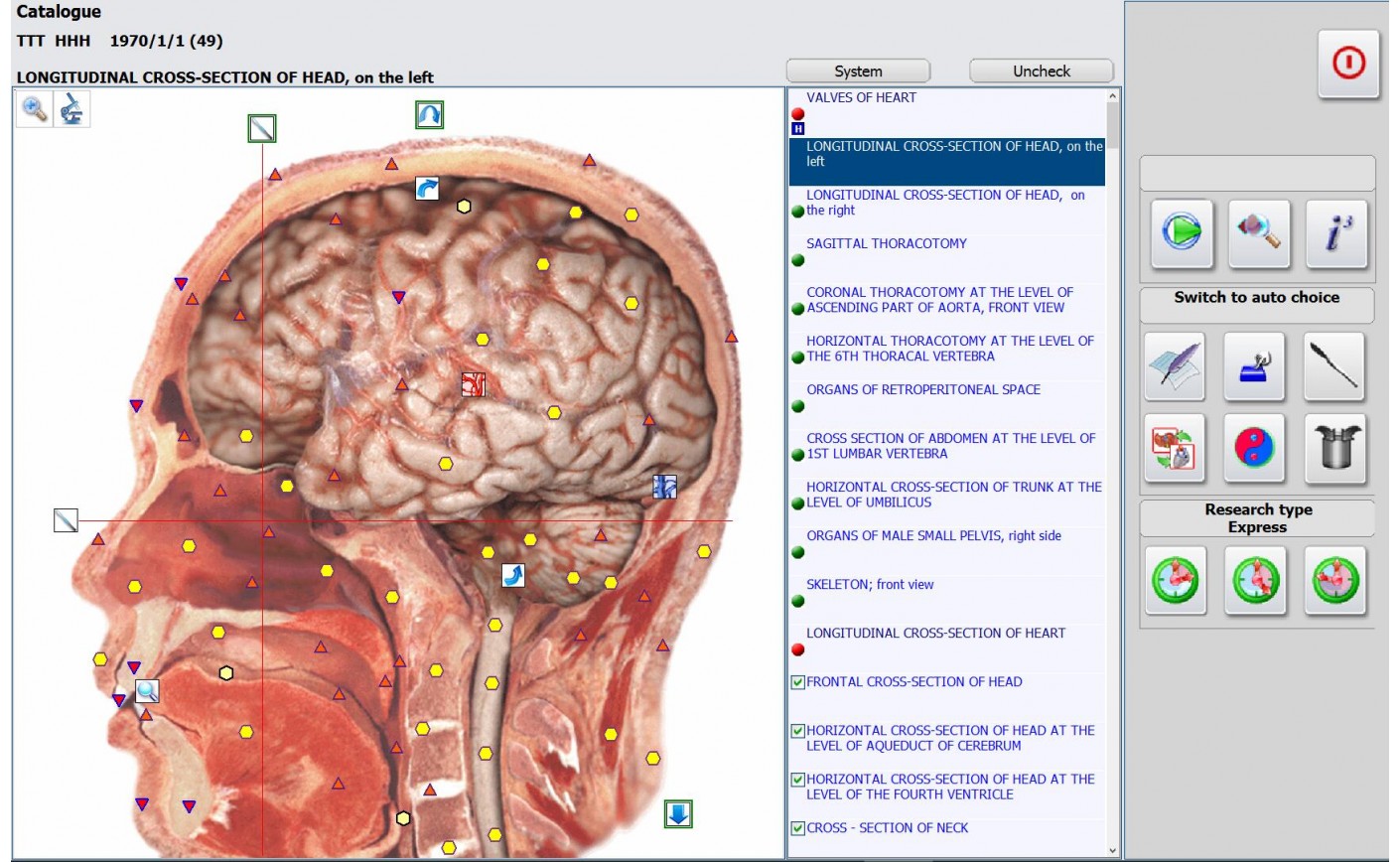The NLS With Metatron 4025 Hunter In The Hepatopancreatoduodenal Area
The problem of pathology in the hepatopancreatoduodenal area still remains urgent and explains why researchers are keen on the search for improved diagnosis methods, since the diagnosis proper is the starting point for determining the approach to treatment.
Today the basic methods for diagnosing a pathology in this region are traditionally methods of direct artificial contrasting of the pancreatobiliary system, such as endoscopic retrograde cholangiopancreatography (ERCPG) and percutaneous transhepatic cholangiography (PTCG), well established in both diagnosis and treatment of a number of diseases such as cholelithiasis, cysts and tumors in the head of pancreas, tumor and corrosive strictures of the biliary ducts, tumors of VaterŌĆÖs papilla, etc.
At the same time, the padioendoscopic methods of investigation of the biliary ducts, though characterized by a rich diagnostic informational content owing to their invasiveness, still do not eliminate the danger of serious complications, such as acute pancreatitis, hyperamylasermia, cholangitis, sepsis, and allergic reactions, biliary flux into the abdominal cavity with developing biliary peritonitis, hemorrhages, etc.
Their incidence rate varies from 0.8 to 36%. Besides, in the course of ERCPG different technical problems may arise (failure in the cannulation of VaterŌĆÖs papilla, the impossibility to enter the duodenoscope at esophagus diseases, such as strictures, achalasia, etc.). In addition ERCPG requires involvement of certain specialists like radiologic diagnosticians, surgical endoscopists and anesthelists.
The advent of new diagnostic techniques in radiology and first of all ultrasound scanning (US) and computer tomography (CT), did not produce a great limiting impact on the use of ERCPG so far as these methods were not successful in solving a number of diagnostic issues related to pathologies in the biliary system and pancreas.
The development of nonlinear computer diagnosis (NLS) as a method for diagnosing abdominal pathology, opened up new opportunities for detecting diseases in the hepatopancreatoduodenal region, with obstructive jaundice being one of their main clinical implications. With the development and adoption of a number of speedy programs for obtaining NLS images, specifically NLS- cholangiopancreatography, which enables to obtain an integrated virtual picture of the biliary system and pancreatic ducts without administration of contrasting agents and intervention into the biliary system, the method was attempted to put into active use as an alternative to ERCPG.
Some published works dealing with NLS have some distinct trends to pay more attention to this issue with a view of obtaining sufficiently convincing information, that would allow to draw a final conclusion about a new relationship between integrated X- ray endoscopic examination and in the first place between ERCPG and NLS, when detecting a pathology in the hepatopancreatoduodenal region. Some of the works suggested that NLS be used as a method preceding endoscopic cholecystoectomy.
That NLS with metatron 4025 hunter had great prospects for diagnosing a number of diseases with such a common anatomic-functional concept as a pathology in the hepatopancreatoduodenal region. So, thanks to its noninvasiveness, no need for administering contrasting agents and intervening into the biliary system as well as the ability to combine with conventional MRT, which substantially increases the diagnostic importance of the method, in quite a lot of cases the NLS investigation can replace radio- endoscopic methods of investigation (ERCPG and PTCG) as a primary diagnosis method although the other methods can retain their therapeutic functions. NLS may also become a method of diagnosis choice for patients who have some counter indications to X-ray- endoscopic investigation. It's necessary to actively expand the use of NLS with a view to making an ultimate decision on its clinical diagnostic importance.

